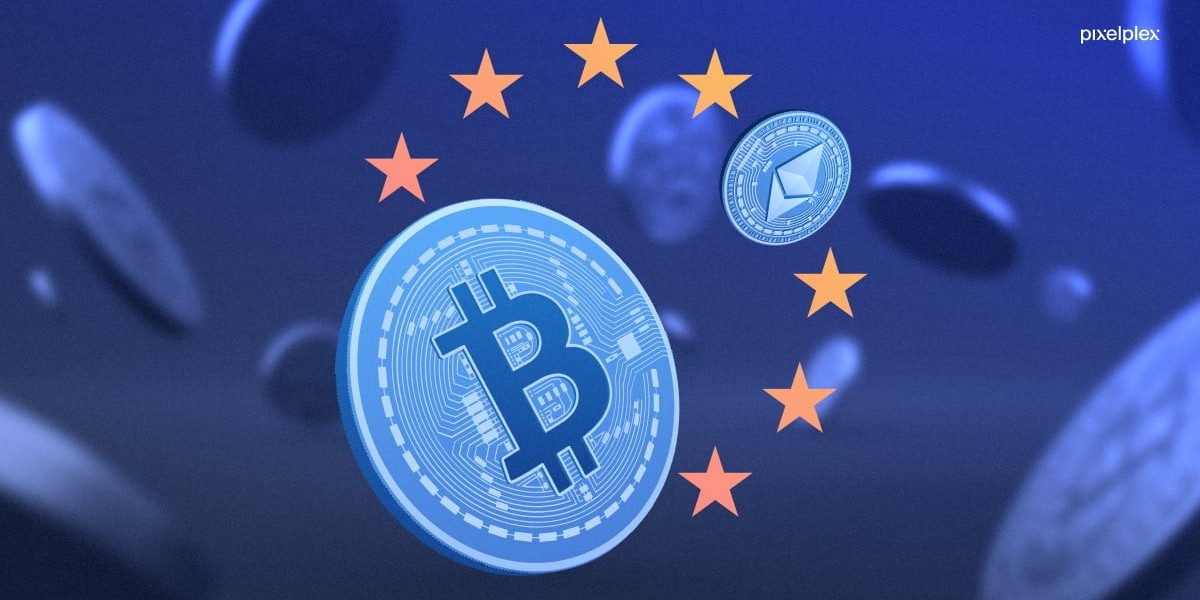In the rapidly evolving landscape of digital finance, e-money tokens are becoming an essential component. The Markets in Crypto-Assets (MiCA) regulations, introduced by the European Union, are designed to provide a comprehensive regulatory framework for these digital assets. This article delves into how MiCA regulations are empowering e-money tokens, ensuring a more secure and transparent financial environment.
Understanding MiCA Regulations
MiCA, short for Markets in Crypto-Assets, is a regulatory framework proposed by the European Union aimed at regulating cryptocurrencies and digital assets. This regulation seeks to bring clarity, security, and standardization to the crypto market, which has often been criticized for its volatility and lack of oversight.
Key Objectives of MiCA
The MiCA regulations have several key objectives:
1. Consumer Protection: Ensuring that consumers are protected against fraud and cyber threats.
2. Market Integrity: Promoting transparency and fairness in the crypto markets.
3. Financial Stability: Mitigating risks associated with digital assets to prevent systemic risks to the financial system.
4. Innovation Facilitation: Encouraging innovation and competition in the digital finance sector by providing clear regulatory guidelines.
Empowerment of E-Money Tokens through MiCA
E-money tokens, often referred to as stablecoins, are digital representations of fiat currencies that aim to maintain a stable value. MiCA regulations empower these tokens in several significant ways:
1. Enhanced Legal Clarity and Trust
One of the primary benefits of MiCA regulations is the enhanced legal clarity it brings to e-money tokens. By defining and categorizing various types of crypto-assets, including e-money tokens, MiCA provides a clear legal status for these assets. This legal clarity fosters greater trust among users and investors, as they can be assured of the regulatory oversight and protection provided by the framework.
2. Consumer Protection and Security
MiCA regulations place a strong emphasis on consumer protection. Issuers of e-money tokens are required to comply with stringent security and operational standards. This includes safeguarding user funds, implementing robust cybersecurity measures, and ensuring transparency in operations. By mandating these protections, MiCA helps to secure users' assets and build confidence in the use of e-money tokens.
3. Market Integrity and Transparency
To promote market integrity, MiCA enforces strict disclosure and reporting requirements on e-money token issuers. This includes providing detailed information about the token’s underlying assets, its operational framework, and any associated risks. Such transparency is crucial for maintaining a fair and efficient market, where participants can make informed decisions based on accurate information.
4. Facilitating Cross-Border Transactions
MiCA regulations standardize the rules across the EU member states, facilitating easier cross-border transactions with e-money tokens. This harmonization removes the regulatory barriers that previously hindered the seamless transfer of digital assets across different jurisdictions. As a result, businesses and individuals can engage in cross-border transactions with greater ease and confidence.
5. Support for Innovation and Competition
By providing a clear regulatory framework, MiCA encourages innovation and competition within the digital finance sector. Start-ups and established companies alike can develop new products and services without the fear of regulatory uncertainty. This competitive environment fosters innovation, leading to the development of more efficient, user-friendly, and secure e-money tokens.
Challenges and Future Prospects
While MiCA regulations provide a robust framework for the regulation of e-money tokens, there are challenges that need to be addressed for the full realization of their benefits.
1. Regulatory Compliance Costs
Complying with MiCA regulations can be costly, especially for smaller firms and start-ups. The need to implement extensive security measures, maintain detailed records, and undergo regular audits can impose significant financial and administrative burdens. To mitigate these challenges, it is essential for regulatory bodies to provide support and guidance to smaller players in the market.
2. Technological Adaptation
The rapid pace of technological change in the digital finance sector presents another challenge. Regulators must stay abreast of new developments to ensure that the regulatory framework remains relevant and effective. Continuous engagement with industry stakeholders and regular updates to the regulations are crucial to address this challenge.
3. Global Coordination
While MiCA regulations apply to the European Union, the global nature of digital finance necessitates coordination with regulatory bodies worldwide. Harmonizing regulations across different jurisdictions can help in creating a cohesive and efficient global digital finance ecosystem. International cooperation and dialogue are vital for achieving this goal.
Conclusion
The MiCA regulations represent a significant step forward in the regulation of digital assets, particularly e-money tokens. By providing legal clarity, enhancing consumer protection, promoting market integrity, and supporting innovation, MiCA empowers e-money tokens to play a pivotal role in the future of digital finance. Despite the challenges, the benefits of MiCA in fostering a secure, transparent, and competitive environment are undeniable. As the digital finance landscape continues to evolve, MiCA will be instrumental in shaping a stable and innovative future for e-money tokens.






